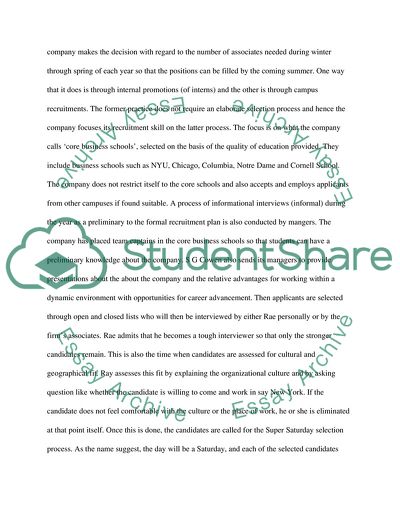Cite this document
(S.G. Cowen: New Recruits Case Study Example | Topics and Well Written Essays - 2750 words, n.d.)
S.G. Cowen: New Recruits Case Study Example | Topics and Well Written Essays - 2750 words. Retrieved from https://studentshare.org/human-resources/1727129-written-case-analysissg-cowen-new-recruits
S.G. Cowen: New Recruits Case Study Example | Topics and Well Written Essays - 2750 words. Retrieved from https://studentshare.org/human-resources/1727129-written-case-analysissg-cowen-new-recruits
(S.G. Cowen: New Recruits Case Study Example | Topics and Well Written Essays - 2750 Words)
S.G. Cowen: New Recruits Case Study Example | Topics and Well Written Essays - 2750 Words. https://studentshare.org/human-resources/1727129-written-case-analysissg-cowen-new-recruits.
S.G. Cowen: New Recruits Case Study Example | Topics and Well Written Essays - 2750 Words. https://studentshare.org/human-resources/1727129-written-case-analysissg-cowen-new-recruits.
“S.G. Cowen: New Recruits Case Study Example | Topics and Well Written Essays - 2750 Words”. https://studentshare.org/human-resources/1727129-written-case-analysissg-cowen-new-recruits.


